VIEW BY CATEGORY:
Hi, we're Hunter and Sarah, a husband-and-wife, luxury wedding photography team. We’re also educators, helping other photographers build profitable and sustainable photography businesses.
MEET US
LOOKING FOR SOMETHING?
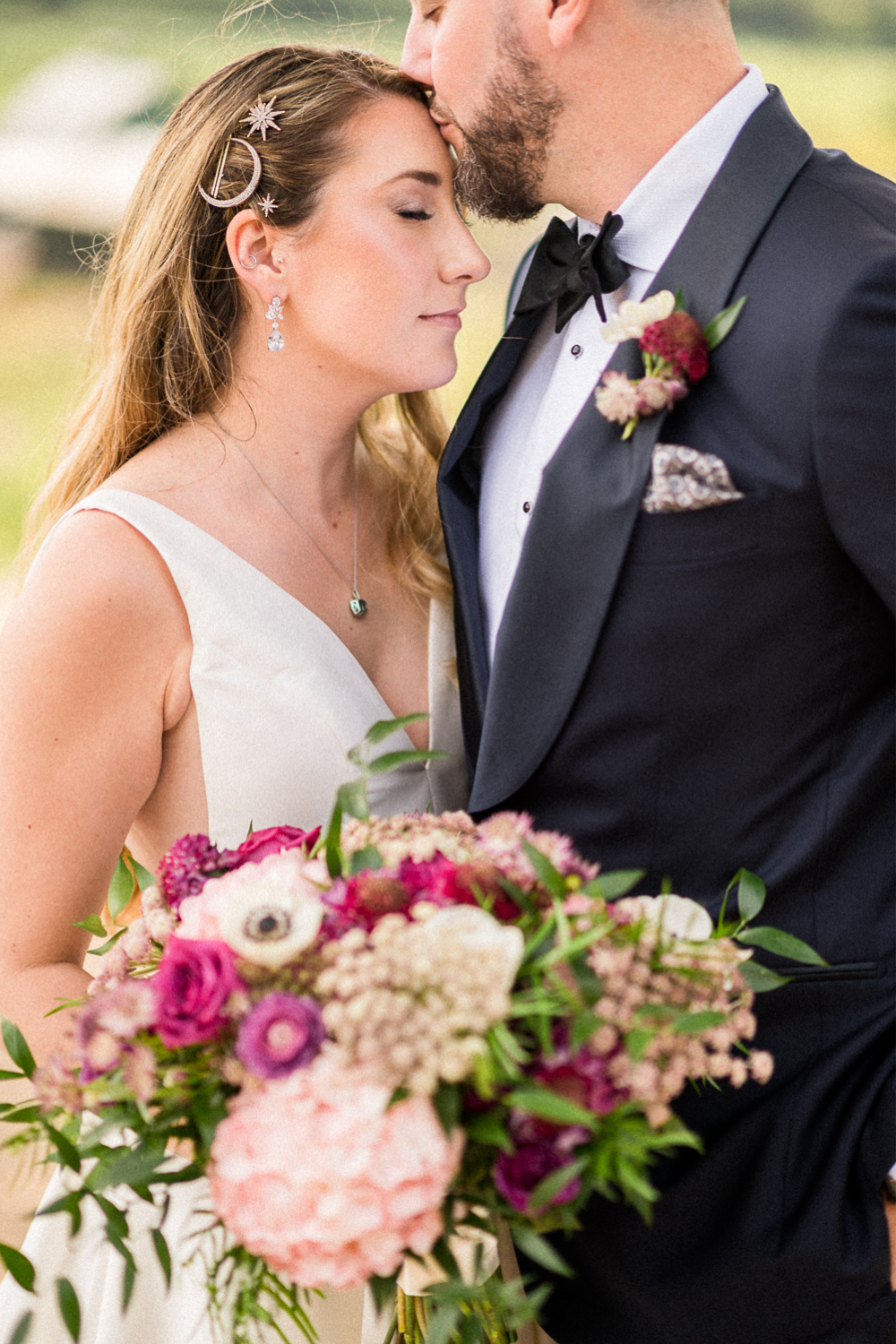
Camera Bag Essentials 8: How to Know When You’re Ready for a New Prime Lens
March 10, 2022
—
Happy Thursday everyone! We’re back with this week’s edition of “Camera Bag Essentials”, a blog series dedicated to those up-and-coming photographers out there who are thinking strategically about how to build up their collection of camera equipment without breaking the bank. Last week, Sarah totally crushed a post all about when the right time is to upgrade to your first professional camera body, and what sorts of things to think about when you do! This week, I’ll be tackling a similar topic: when to upgrade those f/1.8 prime lenses that you bought waaaaay back in the day for $200-$500, to their f/1.4 or f/1.2 counterparts!
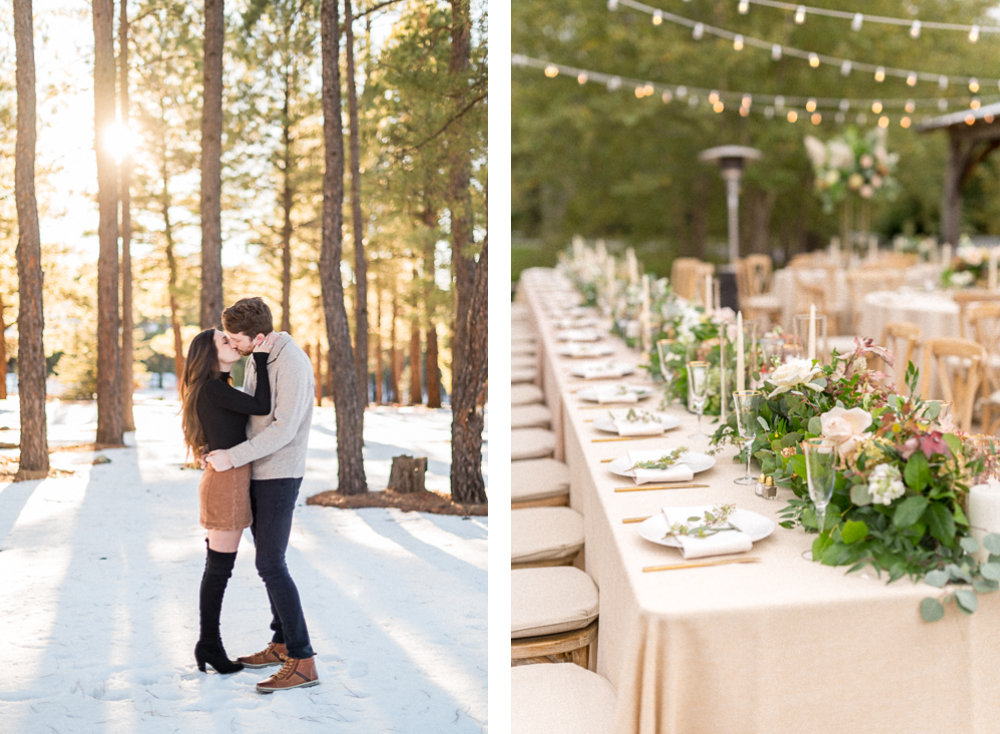
Why Upgrade Your Prime Lens at All?
If you’ve been shooting for some time now, you might have noticed that when it comes to prime lenses, and especially the three most popular focal lengths (35 mm, 50 mm and 85 mm), camera makers have several different versions. For example, Nikon makes 10 different versions of a 50 mm lens alone, ranging from $135 to over $2,000! So what’s the difference between them all? Why would anyone spend $2,000 to buy a 50 mm lens when you already have one that you got for much cheaper?
Well, once you remove the older, manual focus lenses, the differences comes down largely to DSLR vs Mirrorless (more on that at the end of this article), and the minimum aperture. For starters, there are three things that are generally true as you move from an f/1.8 lens to an f/1.4 lens to an f/1.2 lens, aside from the fact that the minimum f-stop number is getting smaller. First, the lens is going to get larger and heavier. Second, the lens is going to get more expensive. And third, the lens is going to be a higher-quality lens that produces sharper images with a more shallow depth of field.
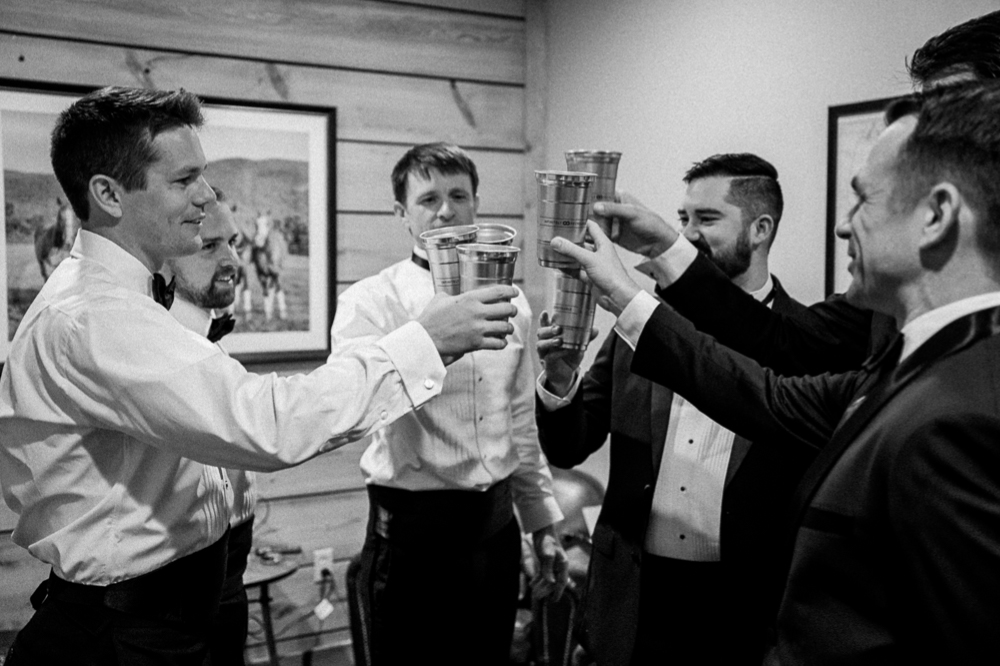
Let’s take 50 mm lenses for example. If you took a photo of the exact same subject on the same day in the same lighting conditions with a 50 mm f/1.8, a 50 mm f/1.4, and a 50 mm f/1.2 ALL at an f-stop of f/2.0, the image taken with the more expensive, lowest-f-stop lense would be sharper and of higher quality than the other two. In other words, an image taken with a $2,000 prime lens is going to be nicer than an image taken with a $500 prime lens, even if you used the same exact image settings.
So at the end of the day, it’s not just about the fact that you can shoot at f/1.2, but every image you take, regardless of the aperture will be nicer. Honestly, it’s difficult to appreciate how much nicer these more expensive lenses are until you shoot with them, so if you are considering upgrading, we’d recommend borrowing or renting a high-end prime lens and trying it out first!

Should I Upgrade My Prime Lens?
However, just because Nikon or Canon makes a nicer, more expensive version of your favorite prime lens doesn’t necessarily mean it makes sense for you and your business to purchase it. So how do you know when it’s time to upgrade your prime lens? Our answer is going to be different depending on what you shoot, and what your current camera bag looks like.
If you’ve been following along with the series so far (either here on the HSP Blog or on YouTube), you know that in addition to a starter prime lens, we recommend that wedding photographers also have access to some sort of wide angle and telephoto lenses, preferable f/2.8 zoom lenses. We also recommend that anyone who wants to be a professional wedding photographer also has a macro lens for detail photos and a flash in their camera bag. And if you are preparing for your first wedding season and don’t have any of those types of lenses and a flash at your disposal, or you’re still shooting on a crop-sensor camera, we’d recommend filling out your kit before you upgrade your prime!
As much as we love shooting with prime lenses, wedding days can be unpredictable and we’d rather you be prepared for any situation than have really nice portraits, and miss other aspects of the wedding day because you spent your lens budget on an expensive prime. On the other hand, if you’ve already purchased professional quality zoom and macro lenses, and have a flash (and a backup) in your camera bag, then upgrading your prime lens is a great way to continue to elevate the imagery that you produce!
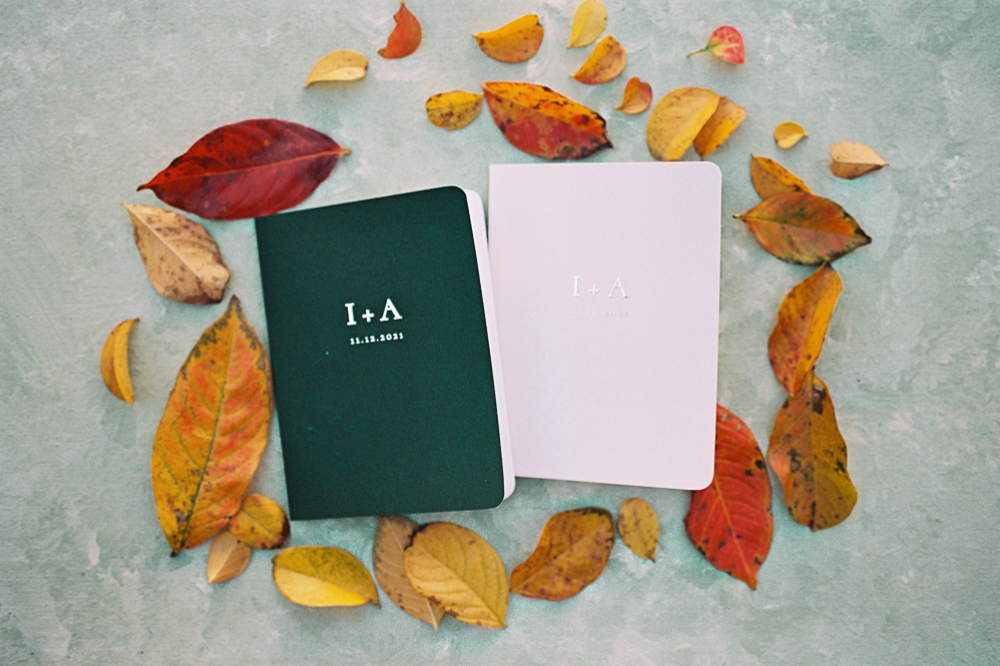
If you don’t shoot weddings or other events that require zoom lenses or a macro lens at all, then there’s no need to pay for all these different lenses! If you’re exclusively a portrait photographer, then you likely only use one or two prime lenses, and investing in high-end professional prime lenses will advance your portrait work.
However, the caveat that we like to add to every conversation about upgrading your camera bag is that we don’t believe going into debt is the answer. We’d rather you shoot a handful of additional portrait sessions or wedding days with your current lens, and save up to purchase nicer equipment in cash.
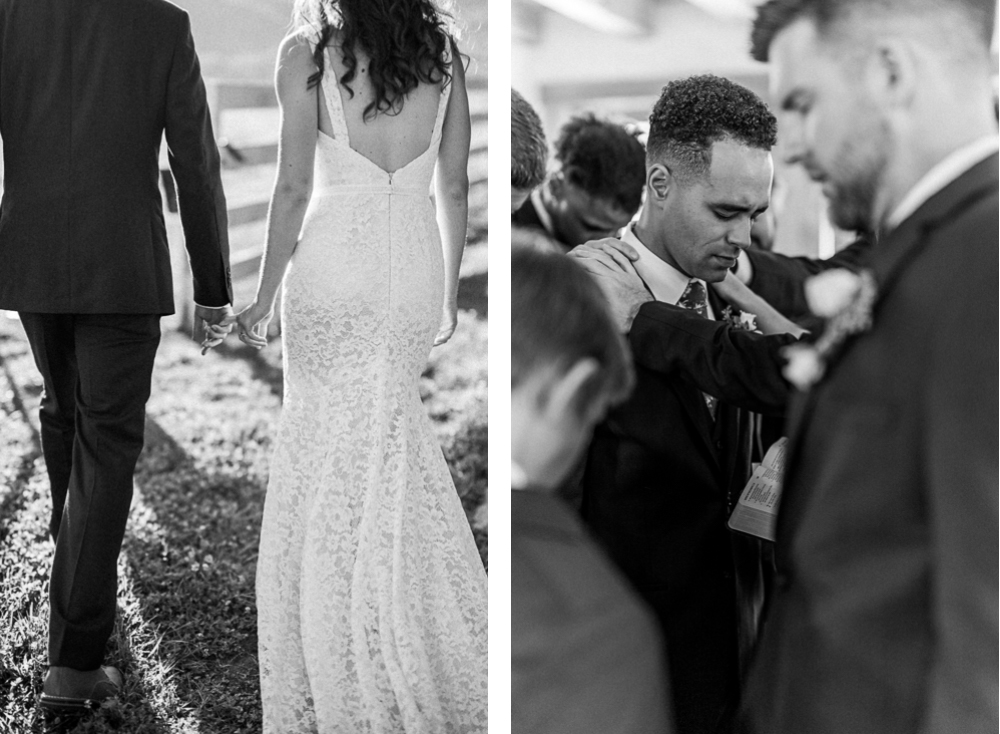
Our Journey & Recommendations
Before Sarah and I ever shot our first wedding, we began our portrait photography career shooting with an 85 mm f/1.8 and a 50 mm f/1.4. Both of these lenses were around $500 and helped us book and shoot enough jobs that –over our first year or two of business — we were able to purchase our first kit of f/2.8 zoom lenses, a handful of flashes, a macro lens, and upgrade our cameras to full-frame.
However, as soon as we felt like our camera bag had everything we needed for a wedding day, we were SO excited to upgrade our prime lenses. For me, I went for the 85 mm f/1.4 DSLR lens, which at the time was a $1,700 lens. Then, when we upgraded to the Nikon mirrorless ecosystem, we splurged on the $2,100 50 mm f/1.2 for Sarah. On portrait sessions, we shoot 90% of the session on these two lenses, and on wedding days, we shoot 75% of the day on these lenses as well (excluding dancing photos).
So no matter how much we spent on upgrading, we know that we’re getting a good return, since we shoot SO much with these two lenses! And you better believe that when Nikon releases their new mirrorless 85 mm lens, I’ll be one of the first people on the waitlist 😍
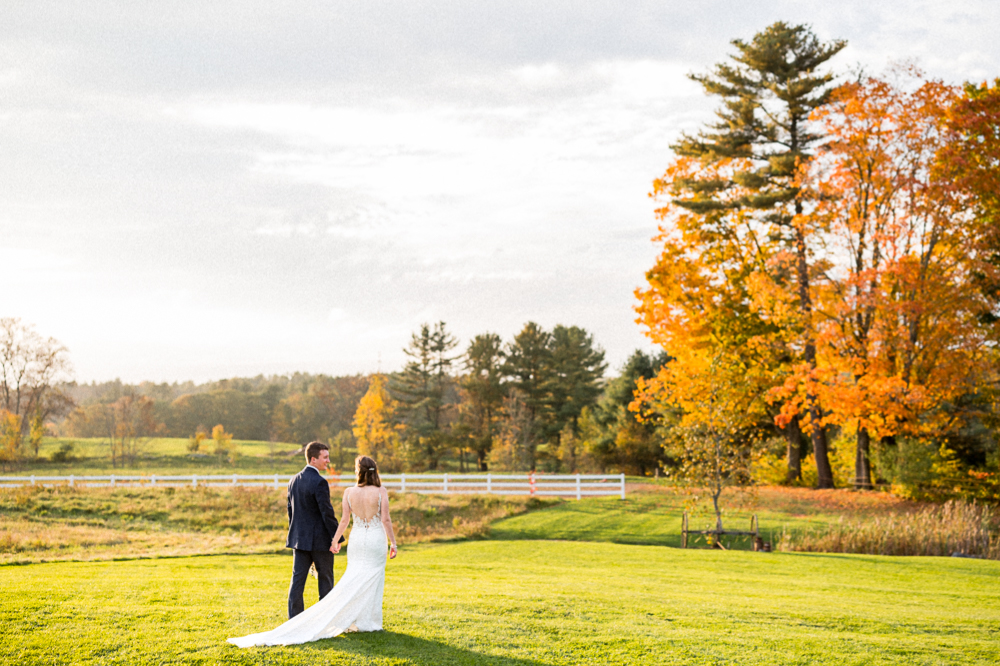
That actually ties in to our final piece of advice on this topic. Just like most technology, the science of optics and lens-making advances over time, although not as quickly as things like iPhones and camera bodies. But still, all else equal, a newer lens of a similar type will be nicer than an older one. A 50 mm f/1.4 lens that Nikon made in the 80s is not going to be as nice as one they released last year. And since Nikon, Canon and Sony have all made it clear that mirrorless is the future, it looks like most or even all of the new lenses made by the “Big 3” camera manufacturers will be mirrorless.
So if you want to take advantage of new advancement in lens technology, upgrading to the mirrorless ecosystem is definitely the way to go. I’ve heard from other photographers that Nikon’s mirrorless 85 mm f/1.8 is much nicer than their DSLR 85mm f/1.8, even though the lenses are technically the same.
Thanks for reading everyone! We’ll be back next week to finish up this series!
Want More?
Click HERE to get your free copy of our eBook: “5 Essential Tips for Turning your Side-Hustle into a Full-Time Photography Business.” You’ll also be subscribed to our newsletter, so our newest content, weekly encouragement, and exclusive offers will be delivered right to your inbox!
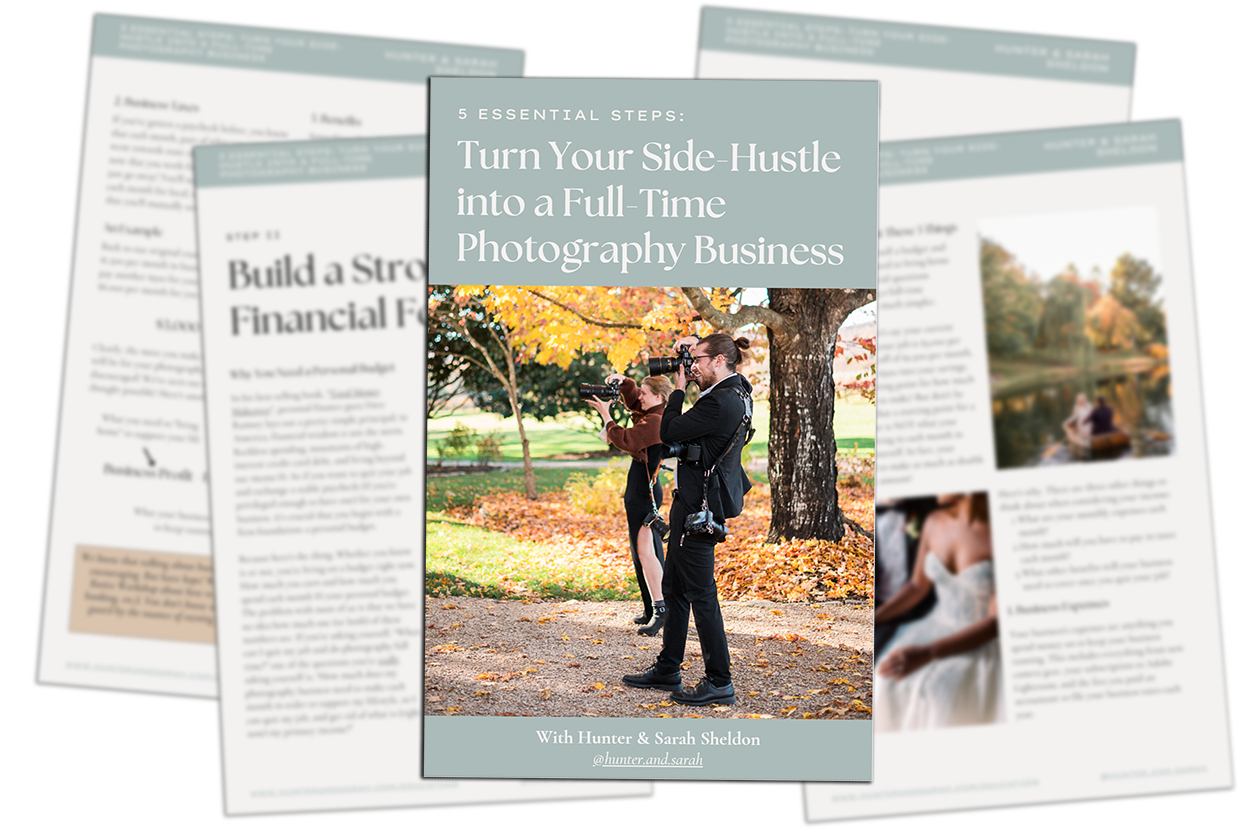
—
Shopping List!
If you’re planning to purchase anything that we talked about today and we helped you make your decision, it would mean SO much to us if you purchased it through the links below! You’ll pay the same price as you normally would on Amazon, but Amazon would share a small slice of the profit with us. You’ll get what you need, support a small local business (us), and show us that our advice really has been helpful! Thanks! [Prices shown as of date of publishing, and are just for comparison/reference]
Mirrorless:
- Nikon FTZ Mount Adaptor [$250]
- Nikon Z 85 mm f/1.8 S [$700]
- Nikon Z 50 mm f/1.2 S [$1,900]
- Nikon Z 58mm f/0.95 [$8,000]
- Nikon Z 35 mm f/1.8 S [$700]
DSLR:
- Nikon F-mount 50 mm f/1.4 [$400]
- Nikon F-mount 85 mm f/1.4 [$1,500]
- Nikon F-mount 35 mm f/1.4 [$1,600]
—
Check out the rest of the series below!
-
- Camera Bag Essentials 0: DSLR vs Mirrorless: Nikon D750 vs Z6 vs Z6ii
- Camera Bag Essentials 1: Prime Lenses: 85mm vs 50mm vs 35mm
- Camera Bag Essentials 2: Wide Angle Lenses: 35mm vs 24-70mm vs 14-24mm
- Camera Bag Essentials 3: Four Reasons to Buy a Telephoto Zoom Lens: The 70-200mm f/2.8
- Camera Bag Essentials 4: How to Up Your Detail-Photo Game with a Macro Lens
- Camera Bag Essentials 5: Using Reflectors and Flashes as a Natural Light Wedding Photographer
- Camera Bag Essentials 6: Why We Used Off-Camera Flash as Wedding Photographers… But Don’t Anymore
- Camera Bag Essentials 7: How to Know When It’s Time to Upgrade Your Camera Body
- Camera Bag Essentials 8: How to Know When You’re Ready for a New Prime Lens
- Camera Bag Essentials 9: Everything You Need to Know to Protect Your Camera Gear
- Camera Bag Essentials 10: 10 Wedding Photography Accessories You Didn’t Know You Needed
Filed in:
Wedding Photography & Photography Education
Charlottesville, Virginia and Beyond
HOME
ABOUT US
WEDDINGS
JOURNAL
FOR PHOTOGRAPHERS
PRESS & PRAISE
BLOG
CONTACT
e. hunter@hunterandsarahphotography.com
p. (434) 260-0902
